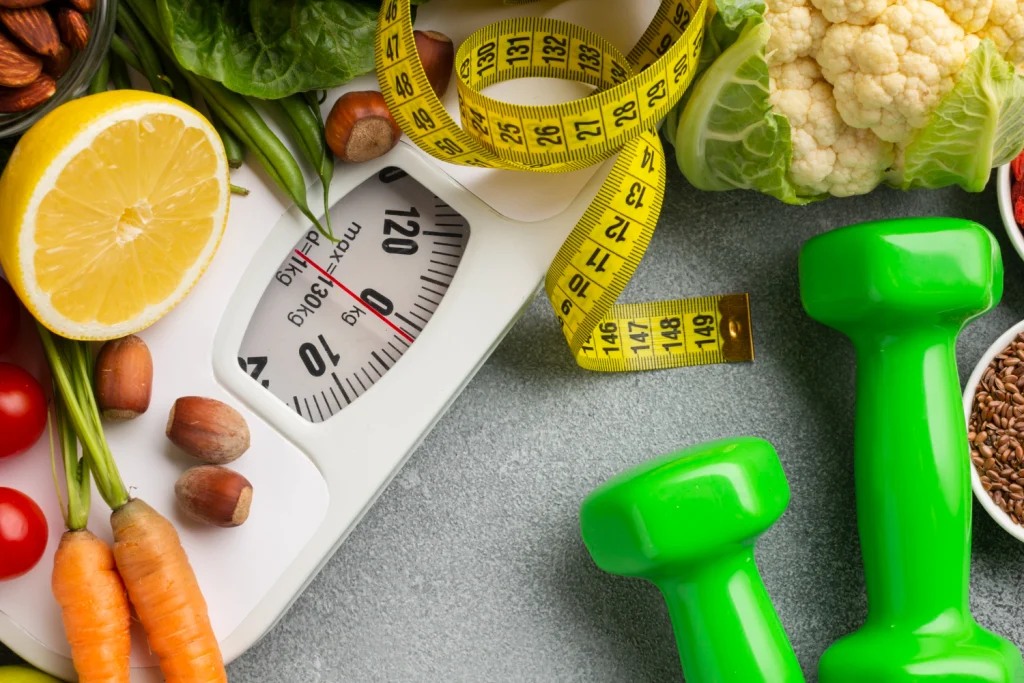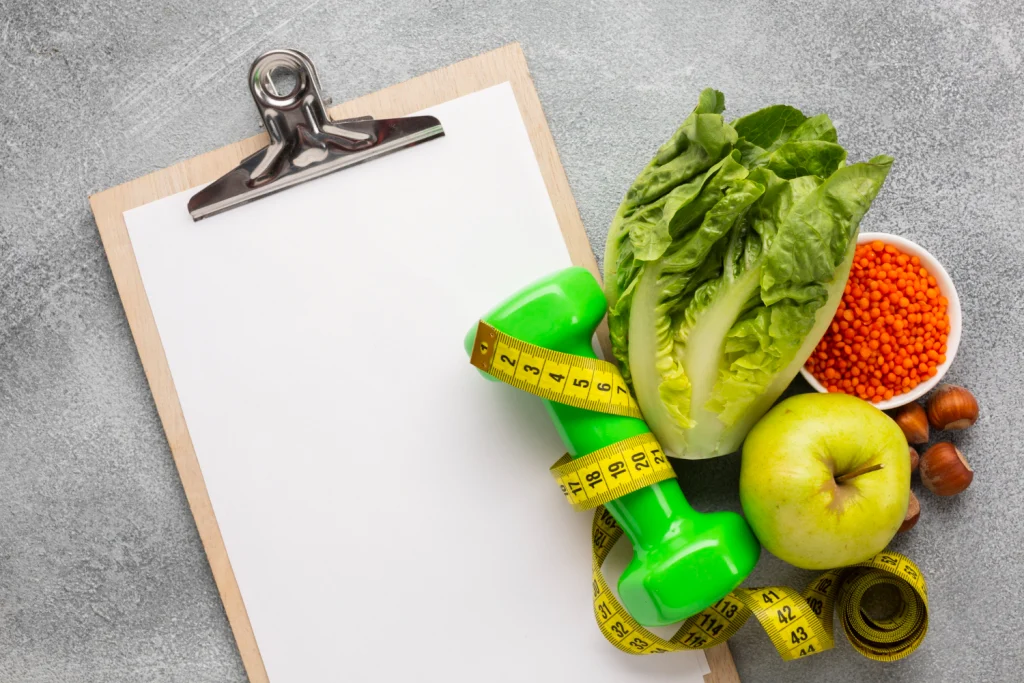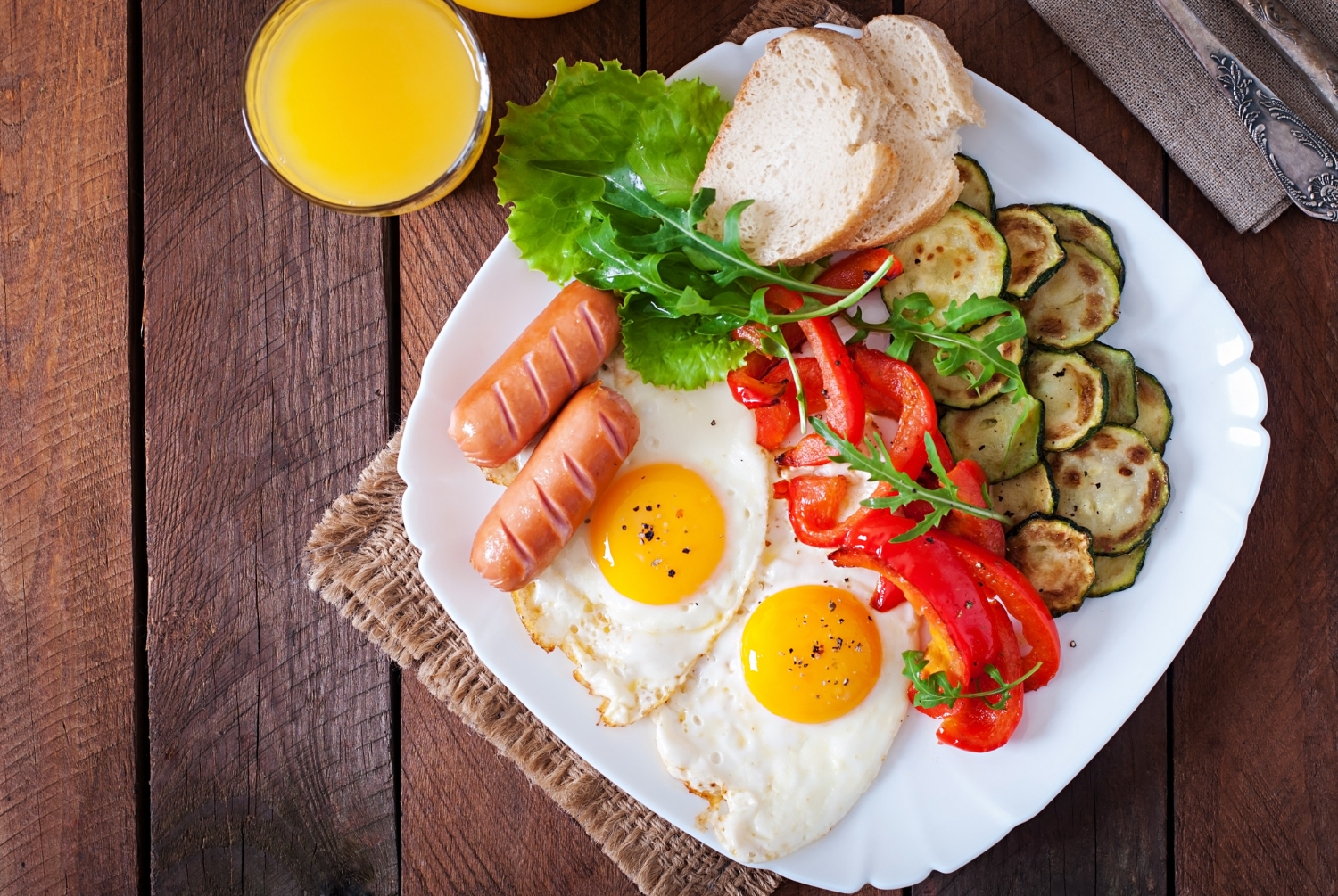Best Vegetables For Weight Loss According to Dietitians
If you’re a busy mom, woman, or a housewife looking to shed a few pounds, you’re in the right place. You might have heard that vegetables are great for weight loss, but do you know why?
In this article, I’ll walk you through the importance of vegetables in your diet and how they can help you lose weight.
We’ll also look at how much you should eat and which veggies are the best for your goals. So, let’s get started on this healthy journey together!
Why Should You Eat Vegetables for Weight Loss?

Alright, let’s talk about why vegetables are your best friend when it comes to losing weight. First off, veggies are low in calories but high in volume. This means you can eat a lot without packing on the pounds.
They are packed with fiber, which helps you feel full longer and keeps those pesky hunger pangs at bay.
Research shows that diets high in fiber can aid in weight loss. According to a study published in the journal Nutrients, people who increased their fiber intake lost more weight compared to those who didn’t .
This is because fiber slows down digestion, helping you stay satisfied and less likely to reach for unhealthy snacks.
Vegetables are also loaded with essential nutrients and antioxidants. These nutrients not only support overall health but also help reduce inflammation, which has been linked to weight gain.
Plus, they provide a steady source of energy, so you don’t experience the energy crashes that sugary foods can cause.
How Many Vegetables Should You Eat for Weight Loss?

Now that we know why veggies are great, let’s talk about how much you should be eating. The USDA recommends that adults eat at least 2 to 3 cups of vegetables per day. But for weight loss, you might want to aim a bit higher.
A study published in the Journal of the Academy of Nutrition and Dietetics found that individuals who consumed more vegetables had a lower body weight and waist circumference .
So, aiming for about 4 to 5 cups a day can be beneficial. This might sound like a lot, but it’s easier than you think. You can spread it throughout your meals—add some spinach to your breakfast smoothie, a salad for lunch, and a generous portion of steamed veggies with dinner.
Remember, variety is key. Different vegetables provide different nutrients, so mix it up to get a broad spectrum of benefits. And don’t worry about the calories—vegetables are naturally low-calorie, so you can eat plenty without the guilt.
Top 20 Healthiest Vegetables to Eat to Lose Weight

Spinach – Low in calories and high in fiber, spinach helps you feel full longer. Plus, it’s packed with vitamins A, C, and K.
Broccoli – This cruciferous vegetable is great for weight loss due to its high fiber content. It’s also rich in vitamin C and can help boost your immune system.
Cauliflower – Another cruciferous veggie, cauliflower can be used as a low-calorie substitute for rice or mashed potatoes. It’s versatile and full of fiber.
Bell Peppers – These colorful veggies are low in calories but high in vitamins A and C. They add a sweet crunch to your meals without adding inches to your waistline.
Zucchini – Zucchini is incredibly low in calories and can be used in a variety of dishes. Spiralize it into noodles or add it to soups and stews for extra bulk.
Carrots – Rich in beta-carotene and fiber, carrots are great for snacking. They help keep you full and provide a sweet, satisfying crunch.
Kale – Known as a superfood, kale is low in calories but high in nutrients. It’s packed with fiber, vitamins, and antioxidants that help support weight loss.
Brussels Sprouts – These little cabbages are high in fiber and vitamins. They are filling and can help reduce hunger between meals.
Asparagus – Asparagus is a diuretic, which means it helps flush out excess water from your body. It’s also low in calories and high in fiber.
Cucumber – With high water content, cucumbers are hydrating and very low in calories. They make a great addition to salads or as a snack.
Lettuce – Lettuce is extremely low in calories and can be used as a base for salads or wraps. It’s a great way to bulk up your meals without adding calories.
Tomatoes – Tomatoes are low in calories and high in water content. They are also a good source of vitamins C and K.
Green Beans – These beans are low in calories and high in fiber. They make a great side dish or can be added to casseroles and stir-fries.
Eggplant – Eggplant is low in calories and can absorb a lot of flavors. It’s great for roasting, grilling, or adding to stews.
Celery – Known for being low in calories, celery is mostly water but also provides fiber. It’s great for snacking or adding crunch to salads.
Radishes – Radishes are low in calories and add a spicy crunch to salads. They are also high in antioxidants.
Cabbage – Cabbage is low in calories and high in fiber. It can be used in salads, stir-fries, or fermented into sauerkraut for extra probiotics.
Pumpkin – Pumpkin is low in calories and high in fiber and beta-carotene. It can be used in soups, stews, and even desserts.
Peppers (Chili) – Chili peppers can boost your metabolism and help burn fat. They add a spicy kick to dishes and are very low in calories.
Mushrooms – Mushrooms are low in calories and high in fiber. They add a meaty texture to dishes and are great for adding bulk without the calories.
Final Words:
Eating vegetables is a fantastic way to support your weight loss journey. They are low in calories, high in fiber, and packed with essential nutrients. By incorporating a variety of veggies into your diet, you can stay full, satisfied, and healthy.
Remember, consistency is key. Start adding more vegetables to your meals today, and you’ll see the benefits in no time. Happy eating and good luck on your weight loss journey!





